The Rising Tide: Unraveling the Factors Behind Expensive Auto Insurance
In recent years, many drivers have experienced a noticeable increase in their auto insurance premiums. The upward trajectory of insurance costs has left many wondering: Why is auto insurance becoming more expensive? In this blog post, we'll delve into the various factors contributing to the rising costs of auto insurance.
Advanced Vehicle Technology: While technological advancements in vehicles have undoubtedly enhanced safety features, they have also led to increased repair costs. Modern cars come equipped with sensors, cameras, and intricate electronic systems, making repairs more complex and expensive. Consequently, insurance providers find themselves footing higher bills for repairs and replacements, leading to a surge in premiums.
Inflation and Economic Factors: Inflation affects every aspect of our lives, and auto insurance is no exception. Rising costs of labor, materials, and medical expenses contribute to an overall increase in the cost of insurance claims. Additionally, economic fluctuations can impact insurance companies' investment returns, prompting them to compensate by raising premiums.
Distracted Driving Epidemic: The proliferation of smartphones and other electronic devices has fueled a significant increase in distracted driving incidents. Accidents resulting from drivers texting or using their phones contribute to a higher number of claims, prompting insurance companies to adjust their rates to cover the associated costs.
Increased Severity of Accidents: Not only are there more accidents, but the severity of these accidents has also increased. Factors such as higher speeds, larger vehicles, and more complex road systems contribute to accidents causing greater damage and more severe injuries. Insurers respond by adjusting rates to account for the elevated costs of medical treatment, vehicle repairs, and legal settlements.
Climate-Related Events: The frequency and intensity of extreme weather events have been on the rise, leading to an uptick in insurance claims for damages caused by floods, hurricanes, wildfires, and other natural disasters. Auto insurance providers, in turn, adjust premiums to cover the increased risk associated with these climate-related incidents.
Fraudulent Claims: Insurance fraud remains a persistent issue within the industry. False or exaggerated claims, staged accidents, and other fraudulent activities contribute to higher claim payouts, which are then reflected in increased premiums for all policyholders.
The rising cost of auto insurance is a multifaceted issue influenced by a combination of technological advancements, economic factors, societal trends, and environmental changes. While understanding these contributing factors can provide insight, it's essential for drivers to regularly review their policies, explore available discounts, and shop around for the best rates. Additionally, maintaining a safe driving record and staying informed about insurance trends can help mitigate the impact of rising premiums on individual wallets. As the landscape of the auto insurance industry continues to evolve, staying proactive and informed is key to navigating the challenges of escalating insurance costs.

